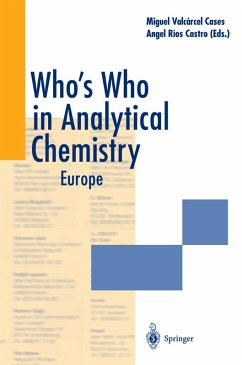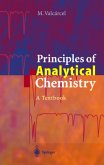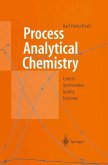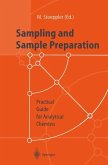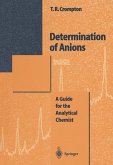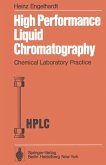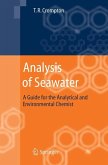The former Working Party, and currently Division, of Analytical Chemistry of the Federation of European Chemical Societies made the decision in 1996 to produce this book, which lists a large number of European analytical chemists together with their addresses and fields of interest. The principal aims of this book are to promote mutual knowledge and co-operation among them and to allow young chemists and private enterprises to choose a specific researchgroupaccordingto their analyticalresearchlinesand specialities. Through our national delegates, we distributed a comprehensive questionnaire with no restrictions allover Europe. The response varied markedly among countries. We summarized the information received from each analytical chemist, which was confirmed on an individual basis. This was a time-consuming process, so we are aware that not every single European analyticalchemist is listed and that some facts may by now be outdated. However, we believe that this first edition will be of invaluable help in order to promote Analytical Chemistry in Europeandremainoneofthe mostsalientoutputsoftheDivisionof Analytical Chemistry. Finally, we should like to acknowledge the assistance received from Springer-Verlag (particularly from Mr Peter Enders) and the invaluable technical support of Mr lM. Membrives. M.VALCARCEL CORDOBA, MAY 2002 A. Rtos Contents Countries .
Hinweis: Dieser Artikel kann nur an eine deutsche Lieferadresse ausgeliefert werden.
Hinweis: Dieser Artikel kann nur an eine deutsche Lieferadresse ausgeliefert werden.
From the reviews: "The directory 'Who is who in Analytical Chemistry' ... comprises information on more than 500 European analytical chemists ... . this first edition will help to promote analytical chemistry in Europe and the increasing demand for internationally approved professionals of analytical sciences makes this volume an invaluable source of information for different research groups ... . this collection can be recommended, especially to those who want to choose a specific research group according to their analytical research lines and specialities." (Advances in Food Science, Vol. 25 (2), 2003)

